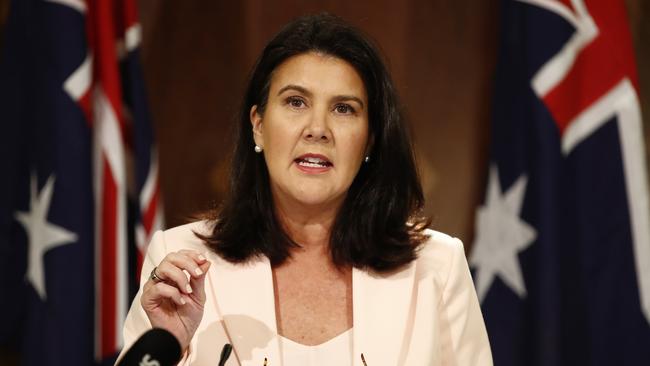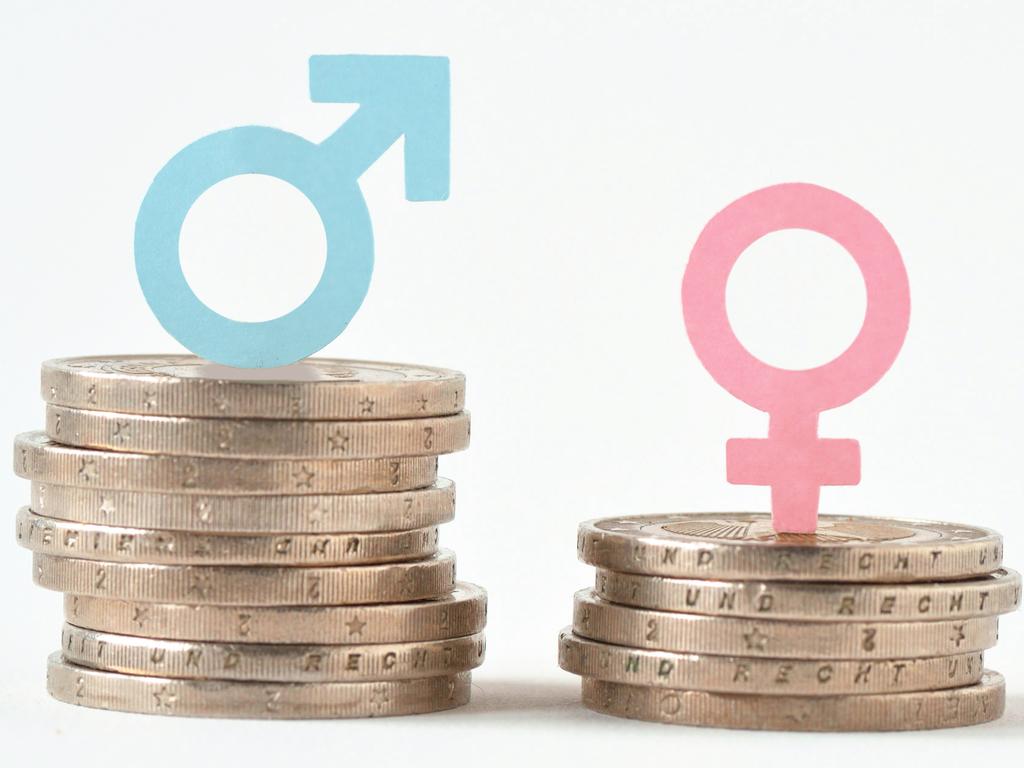
Or should women at least be given more generous provisions in terms of super tax concessions than men, to make up for the fact that the current wage-linked super system is biased towards men?
At the moment — in theory — men and women are treated “equally” under the law in the Australian compulsory super system.
But in effect it favours men, who earn higher wages and have fewer career breaks than women.
Add in the fact that women on average live a few more years than men, and one could argue that there is an even greater argument for more attention to be given to improving women’s retirement savings.
In Monday’s cabinet reshuffle Prime Minister Scott Morrison indicated a determination to focus more on women’s issues, tasking the federal Minister for Women, Marise Payne, to co-chair a taskforce on women’s equality, safety, economic security and wellbeing.
The Minister for Superannuation, Financial Services and the Digital Economy, Senator Jane Hume, has been given the additional job of coming up with ideas about improving women’s economic security.
The moves can be expected to be a precursor to a May budget with plenty of announcements and policies made with a “gender lens” (to use the new vernacular).
Given Hume’s background — overseeing the super portfolio for almost two years, and having worked in the industry before joining parliament as a senator in 2016 — she could be expected to come up with ideas to tweak or even significantly improve the super system to give a better deal for women.
There’s potential for everything from wholesale changes to a range of minor reforms to give more opportunities for women.
It could include ways to allow women to put more into super to catch up for career breaks, or more opportunities for women to contribute more in pre-tax super than the current ceiling of $25,000 a year.
Why not, for example, allow women to put in $30,000 or more into super each year on a concessional basis given their lower wages and career breaks — as opposed to the current level of $25,000 a year for all?
Or if this was too broad, how about focusing on more generous concessions for women over 50, who have not had the advantage of living with a full career of proper compulsory super system and who may be in a better financial position to put more into super?
Up to 50 one could argue that many women are focused on raising their family.
But by 50 women should be in a position to take a more serious look at their own financial position as they move towards retirement.
The compulsory super system, which has now generated a pool of more than $3 trillion, has produced a whole generation of Australians focused on saving for their retirement — which is a good thing.
More and more ordinary Australians are thinking about retirement savings.
But women, given the wage-based structure of the compulsory super system, need to start thinking more about their super.
Those who don’t own their own homes, in particular, should be thinking about accelerating their savings for retirement.
While there will be those who argue against giving women any extra super tax benefits, it would not be that hard to argue the case for helping to level the gender playing field of the current system.
A recent paper produced by the Association of Superannuation Funds of Australia (ASFA), using data from the 2017-18 financial year, shows that the average super balance for women between the ages of 55 and 64 is only $245,100, compared with $332,700 for men at the same age.
“This highlights the need for policies that will boost women’s balances,” it says.
Industry Super Australia points out that some 23 per cent of women in Australia are retiring with no super at all.
One idea which could be expected to be kept in mind for the May budget is to extend compulsory super to cover the periods of paid parental leave.
It won’t make too much difference financially, but it would be a step in the right direction and recognise the issues facing employees who take breaks to look after their young children. A range of lobby groups have put up other ideas with the recent Retirement Incomes Review also examining this point.
Another idea is to lower the level where compulsory super contributions kick in from the current $450 a month.
While this sounds good, it has the potential negative impact of penalising employers of very part-time labour, who may in turn take a tougher view of hiring casual workers.
A better system would be to give women the opportunity to top up their super on a voluntary basis above the $25,000 a year and to make catch-up contributions easier over their working life.
Critics of the super system, which is based on wages and tax concessions, have argued that it favours highly paid men.
Tax concessions are needed as the quid pro quo for people to tie up money in savings until their retirement.
But the current system has those tax concessions going mainly to men, with women receiving only a third of the super tax concessions.
There are many different options, but starting with a recognition that the system as it stands is biased in favour of men provides a good basis for looking at ideas on how to improve the system to encourage more women to be able to boost their retirement savings.
With the federal government’s Your Future, Your Super legislation currently going through federal parliament and the super industry waiting to hear whether the Morrison government will go ahead with the move to increase the super guarantee from 9.5 to 10 per cent from July 1, super can be expected to be higher on the policy agenda.
The good news is that the participation rate for women in Australia has been increasing, particularly for women over 45, which translates into higher wages and higher opportunities for pre-retirement savings.
The ASFA report shows that while the participation rate for men aged from 45 to 54 is about 90 per cent, which has been reasonable steady, the participation rate for women in this age group has risen from 70 per cent in 2000 to about 80 per cent in 2020.
The participation rate for men in the 55 to 64 year age group has risen from 60 per cent in 2000 to about 74 per cent, while the participation rate for women in this range has skyrocketed from around 35 per cent to 60 per cent.
These figures could be used to show that if more women are working longer they should be given the opportunity to make more catch-up contributions to super on a concessional basis, to make up for lower wages earlier in their working lives.
More work needs to be done to reduce the gender pay gap and to encourage women to take greater charge of their own financial futures — given that they start behind the eight ball in terms of pay levels and career trajectories.
With the Morrison government belatedly focusing on improving women’s position in Australian society, a better deal on super could be part of the solution.







Should women be able to put more into super than men?